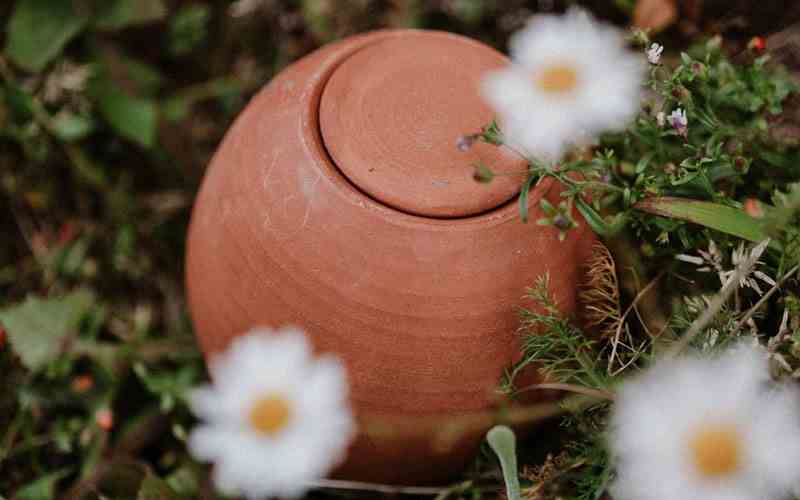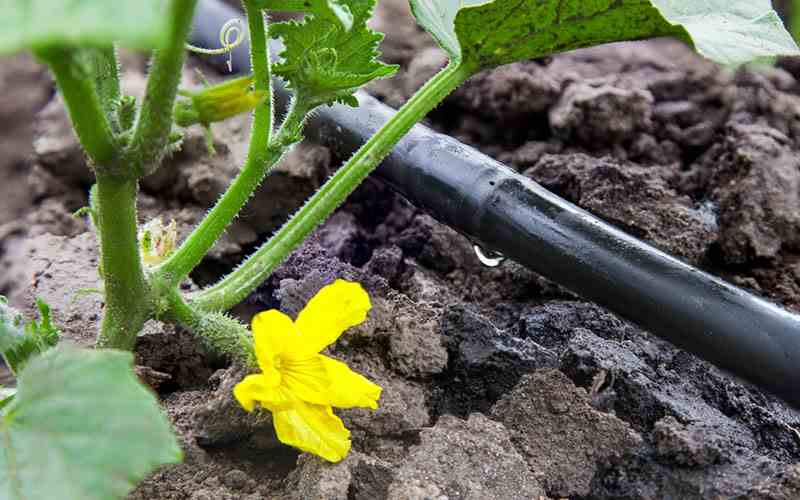How not to waste water?
A gardener who wants to choose the most economical watering system will do everything possible not to waste water. There are indeed ways to save it.
First of all, it is recommended to water early in the morning or in the evening, after sunset. Thus, you will not spend the water in vain. It will have plenty of time to seep into the earth.
Indeed, if you water during the day, especially during the hot season, some of the water evaporates or dries on the ground. Also be careful not to water the vegetables themselves or their leaves.
Make sure the water spreads to plant roots. If this irrigation water is used wisely, you will not need to use a large quantity. So it’s already a good way to save it.
A traditional watering system: the ollas

The ollas, or oyas, are a watering system that has been used for millennia. The Romans, in particular, already knew it. An olla is in the form of a kind of pottery, made of clay or ceramic.
She may be buried, semi-buried or placed next to the plants to irrigate. These potteries being made in a microporous material, the water will flow into the earth very gradually.
The water thus diffuses little by little, absorbed by the earth according to its needs. Since an olla has a lid, it is easy to fill it when it is empty.
It also has other functions. The water, thus covered, evaporates much less. And this lid prevents insects, dust or leaves from getting inside the pottery.
An olla placed near a plant will thus provide its roots with the water it needs. In addition, this deep watering prevents weed growth. The plants, watered without excess, in this regular way, develop better.
The saving of water is certain, because evaporation is very limited and all the water in the container is directed towards the plant concerned. Moreover, this artisanal system can irrigate the land for days. This autonomy depends in part on the size of the olla.
So you can go away, knowing that your plants will be watered. Also, if you are sensitive to environmental issues, choose this watering system. These potteries, in fact, are made in natural materials.
It goes without saying that such a solution is inexpensive. It is therefore an economical device for watering your garden. And which, moreover, adapts to all soils.
The drip system

This system consists of specific pipes, of small diameter, which bring water to each plant in the garden. As its name suggests, this device delivers a very small amount of water, in the form of drops, but on a regular basis. They are delivered by drippers, which are triggered at a specific time. Each drop flows at the time scheduled by a scheduler, if at least the installation is automated.
The other advantage of this system is that it conducts water to the roots of the plant. It is this root system, responsible for the development of plants, which needs it the most.
Plants therefore receive just the amount of water they need, with a regularity that makes drip even more effective. Especially since the small pipes, in addition to conveying water, bring to the roots of the plant, a liquid fertilizer which promotes their germination.
As can be seen, such a device only uses the quantity of water allowing the plants to reach maturity in good conditions. Otherwise, it avoids evaporation and prevents runoffwhich erodes the soil, with no benefit for crops.
Such a system is therefore designed to avoid waste. And, moreover, the watering of the garden is planned. Once the drip is installed, the gardener no longer has to worry about anything. The irrigation sort of happens on its own. Especially when the device is automated.
There are affordable kit drip systems available.
Another device: microporous watering

This watering system works by means of specific pipes. In fact, they are pierced, along their entire length, with small holes. Hence the name given to them: they are indeed called porous or microporous pipes.
Through these small holes, the water therefore filters in small quantities, in the form of drops there too. This system maintains the necessary humidity and allows water to infiltrate very regularly into the soil.
What is important in this device, as in the irrigation systems already studied, is that the water seeping from the hose goes where it needs to go. That is to say at the root, which is the nourishing element of the plant.
While other, more water-intensive systems also water the vegetables themselves and their leaves, which does not help plant development. Moreover, given its very design, it is a very economical device, which uses just the sufficient amount of water. Again, there is no wastage. Water saving can even go up to 70%.
Such a system is quite Easy to put in place. Thus, it can be installed in line, along the plants to be hydrated. It is therefore particularly suitable for the row cultivation of vegetables. Other devices allow it to be placed over the entire surface of the garden or field.
The whole system, with its hose(s), can be connected to a tap in the garden. Which is of course very practical. Finally, it is an inexpensive and fairly ecological device, since it can use rainwater.

